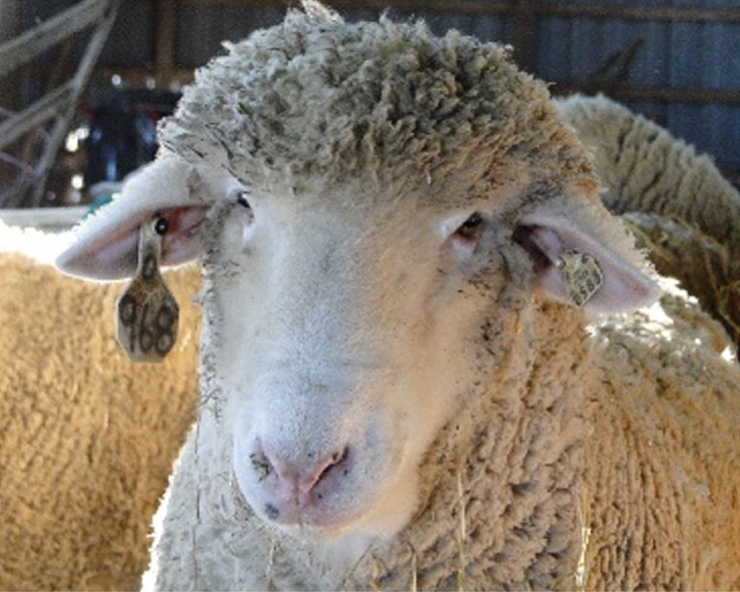Some animals stay put, and others are on the move – to shows, grazing off-farm, for breeding or medical care. Animal movement can expose your moving animals and your home herd to disease. Actions you take can help protect your livestock and your livelihood!
Animal identification (ID) and record-keeping
Animal movements, animal identification, and record-keeping go hand in hand. Keep good up-to-date records on your livestock. Include the animal’s origin, age, health history, and movement history. If you vaccinate your livestock, include that information in your records too. It is a good idea to have some form of ID for each animal or group of animals. ID options include ear tags (plastic, metal, radiofrequency), tattoos, brands, and leg bands.
Incoming Animals
Animals coming from outside sources are a greater risk to your herd than those born on your farm. Protect your home herd. Incoming animals may not look sick but can be carrying diseases. Protect your home herd by separating new animals when they arrive. Put all incoming animals into quarantine. The time varies but is usually 21-30 days. Ask your veterinarian to help you set up animal quarantine areas and periods for your farm.
When you bring in new stock, buy animals only from disease-free sources. New animals should come from sources whose disease prevention practices are similar to, or better than, your own. You may need to test animals that come to your farm from out of state for certain diseases. Check state and federal testing rules. And don’t forget to vaccinate new animals (if that is part of your animal health plan) for diseases of concern before they enter your herd or flock.
Transport incoming livestock in clean trailers or crates. Test and treat new animals for parasites. And finally, make sure all who care for your animals know how to recognize when animals are sick.
Show Animals
Ensure that animal housing areas at shows have been cleaned and disinfected before allowing your animals to enter. Avoid sharing any equipment. While you are at shows, limit contact between your animals and other animals as much as possible. Feed or water containers, grooming equipment, leads, and halters can easily spread germs. Quarantine show animals when they return to your farm. This protects your home herd/flock from any germs they might have come into contact with at the show.
Breeding Animals
Breeding animals can carry diseases. Quarantine animals that are brought in for breeding before having contact with your livestock. Examine and test incoming breeding animals based on guidance from your veterinarian. Breeding equipment shared with other farms should be cleaned and disinfected before use. Semen or embryos should be from disease-free sources. Prevent unplanned mating with animals from other herds.
Emergency Plan
Depending on where you live, wildfires, tornados, floods, and other natural disasters can occur. Plan ahead. A disaster may require you and your animals to evacuate. A disaster might also prevent the movement of your animals or feed. Have an emergency plan. It can help decrease the impact to your farm and speed recovery. Include how you will care for your animals, provide feed, and move them if needed. Think about how people who work for you might quickly move on to or off your property.
For more information
- Animal Movements Biosecurity Tip Sheet, Center for Food Security and Public Health, Iowa State University
- Animal Movement on Vimeo, Center For Food Security and Public Health, Iowa State University
- State Animal Health Officials, United States Animal Health Association
- Farm emergency preparedness plan, Center for Food Security and Public Health, Iowa State University

